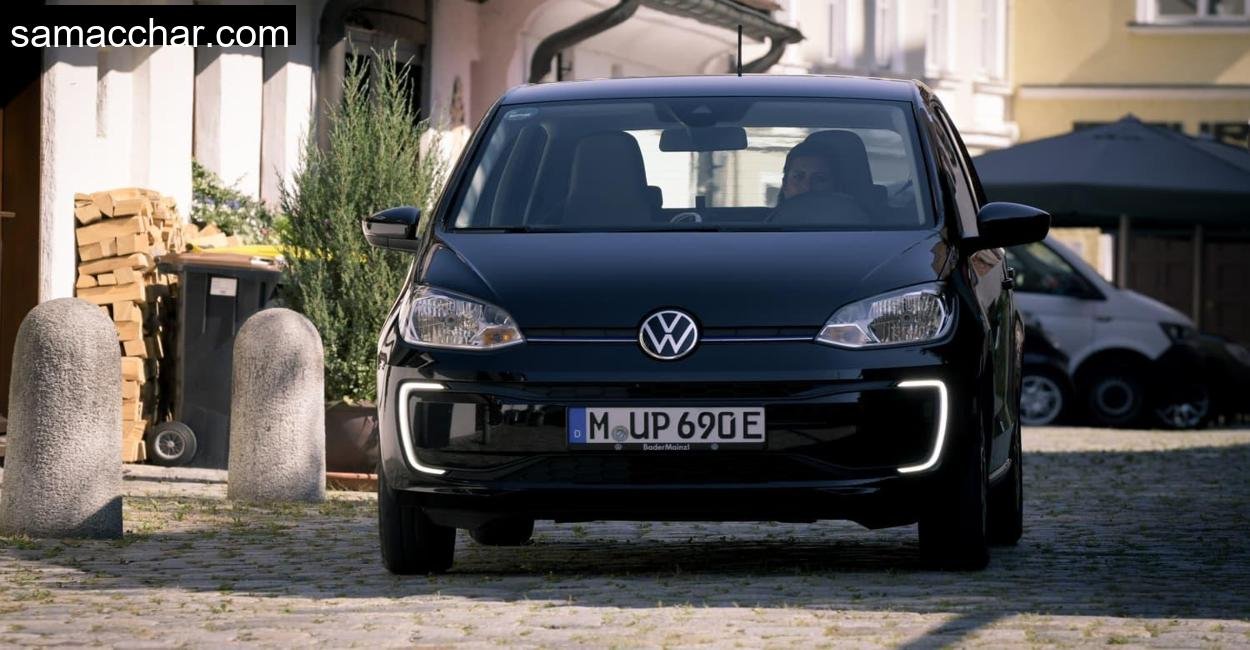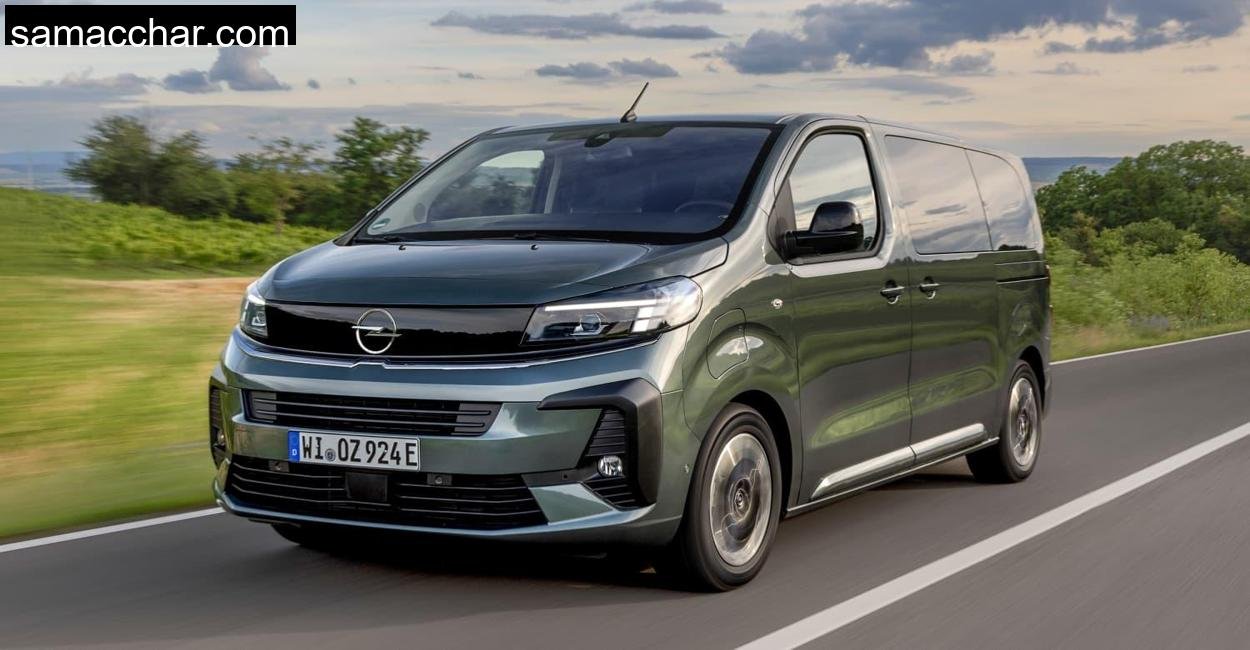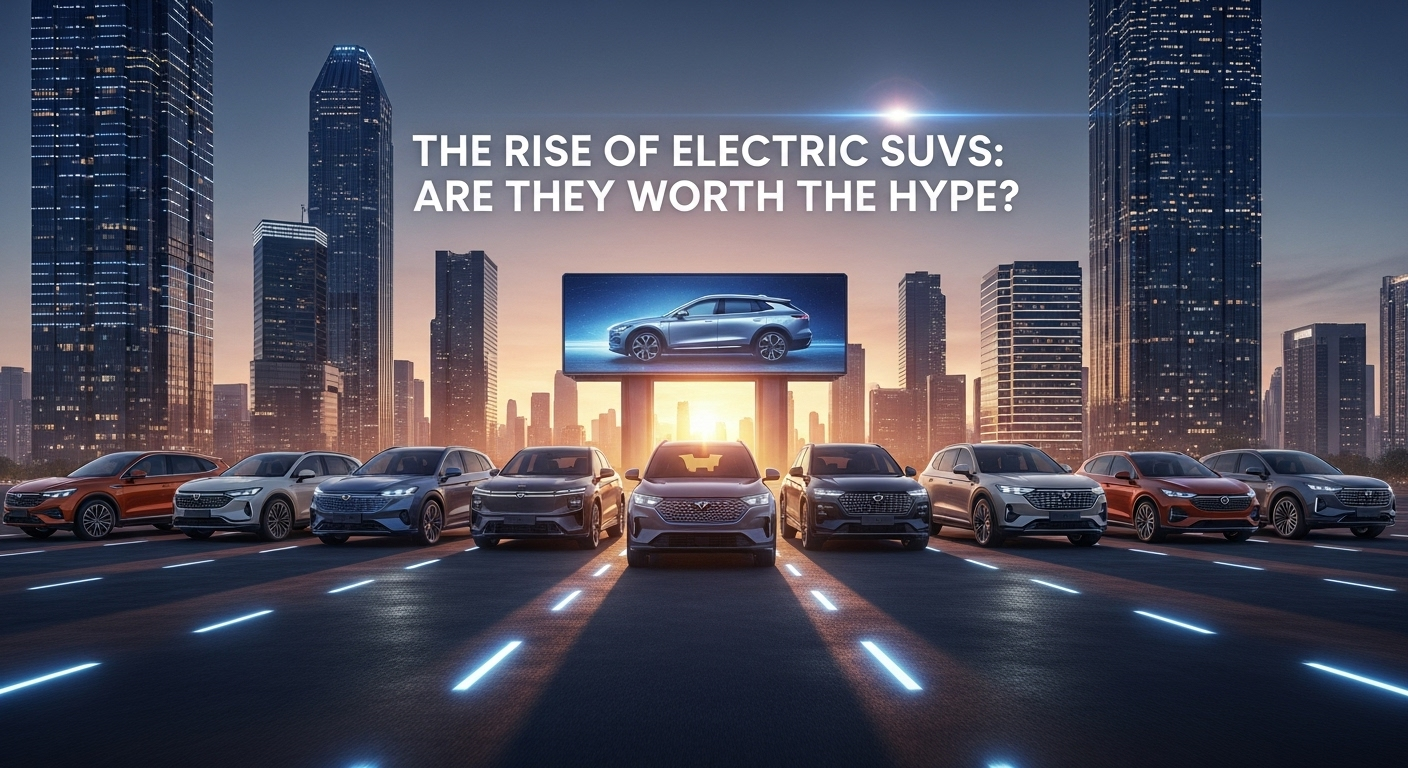Range: 200 to 300 km
The e-Up may not be a champion of long-distance travel, but it is a range master in its own league. With a net battery capacity of 32.3 kWh, we consistently saw ranges between 200 and 300 kilometers, even here in the Highland, where uphill stretches and cold microclimates put extra strain on the drivetrain. What surprised us most was the car’s appetite for efficiency.
On quiet downhill routes near Neuhaus, I saw consumption drop into single-digit kilowatt-hours. That’s mountain terrain with regenerative braking doing its magic. Cold mornings, of course, told a different story, heating chewed through range fast, often pushing consumption past 18 kWh/100 km. But in the daily average? A commendable 14.7 kWh/100 km. This isn’t just close to VW’s brochure numbers, it’s proof that with a bit of planning, the e-Up stays practical even outside the flatlands.
Good: Space and Workmanship
Getting in, there’s no hiding that the e-Up is tiny, it’s a city car after all. But I’ve driven worse in bigger packages. Up front, it’s genuinely comfortable. Even after long detours on remote B-roads or full days filming range tests in the forest, I never wished for more room. The driving position is upright, the visibility excellent, and nothing rattled, not even on uneven cobblestones in Steinheid.
The back seats? Let’s call them “just okay”, short distances only. But the boot surprised me. Two crates of Apfelschorle, camera equipment, and a rain jacket, all swallowed without complaint. Flip the 50/50-split rear bench, and there’s more space than you’d expect. I particularly liked the double loading floor, great for stashing the Type 2 cable and muddy hiking boots separately.
Build quality? Surprisingly solid. The cabin uses a lot of hard plastic, but nothing feels flimsy. Doors close with a solid thunk, and even after 75,000 kilometers, there’s no creaking or looseness in the controls.
Deficits Are Due to the Price Range
Not all is perfect. Lane departure assist is clumsy, more like a nanny with a ruler than a helpful co-driver. It intervenes too harshly, especially on twisty mountain roads. The door sills constantly pick up road grime, thanks to missing protective seals. A small thing, but one that gets annoying when you’re climbing in and out on muddy trails.
And the artificial drive noise, meant to warn pedestrians, becomes an interior hum that’s more irritating than informative. VW could have tuned that better or insulated the cabin a bit more.
The biggest letdown? Performance below 10% battery. The car dials down everything, heating, throttle response, even top speed, to limp-home mode. It’s understandable for battery health, but unpleasant when it happens unexpectedly mid-drive.
Charging Technology Sufficient for Commuter Cars
Our e-Up came with a 7.2 kW onboard charger and the optional DC charging port (max 40 kW). At home, a full charge took roughly five hours, Ideal for overnight top-ups. On fast chargers in the region, we peaked at around 36.9 kW, which filled the battery from 10 to 80% in about 45 minutes.
That’s not impressive by 2025 standards, but it worked. For commuting and weekend trips through towns like Masserberg or Katzhütte, you never felt restricted, provided you charged with a plan. In winter, charging speeds dropped, as expected, due to the lack of active thermal battery management. But the car always kept moving.
The App Makes Many Things Easier
VW’s WeConnect app was both helpful and frustrating. I often used it to precondition the cabin before cold starts, something you appreciate deeply when scraping frost at 6 a.m. But the connection wasn’t always stable, and commands didn’t always go through on the first try.
Still, checking range, lock status, or charge level remotely came in handy more than once. Especially during lunch breaks on longer filming days, I’d just check my phone to see if the car had enough juice for the ride back to Suhl. After the free first year, though, the subscription felt steep: €99 per year for an app this slow? That’s hard to justify.
On the other hand, the Maps+More app on the dash-mounted phone holder worked surprisingly well. Plug in your phone, and you get instant access to navigation, radio, and consumption data. No fancy screen, just what you need.
Reliability: Defects and Anomalies
In 75,000 kilometers, only two issues cropped up:
A seatbelt buckle stopped clicking, warranty replacement. A rear shock absorber creaked, also replaced under warranty.
Later, at around 70,000 km, the air conditioning stopped working but only needed a refrigerant refill. That was it. The car never left us stranded, not once. That’s a strong statement, especially for a vehicle first designed over a decade ago.
Brakes held up well, thanks to strong regenerative deceleration. The front discs showed moderate wear; rear drums looked nearly new. The steering lock occasionally made the key sticky, a minor but recurring quirk.
Battery Condition After 35,000 Kilometers
We checked the battery state of health (SoH) four times during the test, at 20k, 35k, 63k, and 75k kilometers. The result? A drop from 94% to 93% SoH. That’s outstanding. Even under harsh winters, spirited mountain driving, and daily charging cycles, degradation remained minimal.
When looking at used e-Ups, this is the stat to ask for. Battery health isn’t always visible, but it tells you more than any odometer ever could. Our advice: Get a certified battery check like the Aviloo test before buying used.
Top for Short Distances and Commuters
In and around the Thuringian Highland, the e-Up became part of daily life. Whether hauling gear to remote filming spots, making grocery runs, or simply cruising quietly through forest roads, it just worked. No fuss. No surprises.
The team at Landsberg had the same experience. Everyone grabbed the key when it was free, it was that popular. There’s something incredibly freeing about a car that doesn’t need to impress you, just serve you well. And that’s what the e-Up does.
Conclusion
The VW e-Up isn’t sexy. It won’t win drag races. And in a world filled with 400 km-range giants, it can feel modest. But that’s not the point. After 75,000 kilometers, through snow, rain, winding hill passes, and long weekdays, this car stood its ground.
It’s everything a commuter EV needs to be: simple, efficient, dependable, and cheap to run. Even after the factory stopped making it in 2023, it still outperforms many newer rivals in terms of day-to-day usability.
In the Thuringian Highland and beyond, it felt at home. And so did we.
Is the VW e-Up still worth buying used?
Absolutely. If the battery is in good condition (check SOH above 90%), it remains one of the most sensible used EVs you can get for short commutes.
Can VW e-Up handle long trips occasionally?
It can, but it’s not ideal. Charging speed and comfort are optimized for regional use. Best to pair with a DC fast charger when possible for longer journeys.
What’s the biggest weakness of the VW e-Up?
Performance and comfort drop significantly when the battery level falls below 10%. Also, app connectivity could be more reliable.










